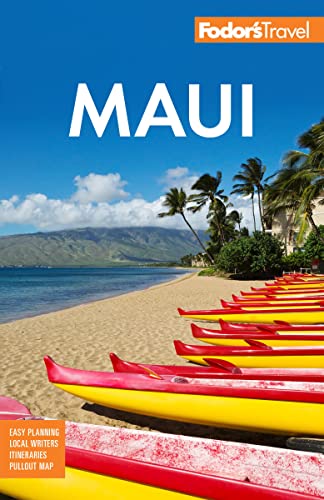Local Do's and Taboos
Hawaii was admitted to the Union in 1959, so residents can be sensitive when visitors refer to their own hometowns as "back in the States." Instead, refer to the contiguous 48 states as "the mainland." When you do, you won’t appear to be such a malihini (newcomer).
Greetings
Hawaii is a friendly place, and this is reflected in the day-to-day encounters with friends, family, and even business associates. Women will often hug and kiss one another on the cheek, and men will shake hands and sometimes combine that with a friendly hug. When a man and woman are greeting each other and are good friends, it is not unusual for them to hug and kiss on the cheek. Children are taught to call any elders "auntie" or "uncle," even if they aren’t related; it’s a way to show respect.
When you walk off a long flight, nothing quite compares with a Hawaiian lei greeting. The casual ceremony ranks as one of the fastest ways to make the transition from the worries of home to the joys of your vacation. Though the tradition has created an expectation that everyone receives this floral garland when they step off the plane, the state of Hawaii cannot greet each of its nearly 8 million annual visitors.
If you’ve booked a vacation with a wholesaler or tour company, a lei greeting might be included in your package. If not, it’s easy to arrange a lei greeting before you arrive at Kahului Airport with Kamaaina Leis, Flowers & Greeters. A dendrobium orchid lei is considered standard and costs about $25 per person.
Kamaaina Leis, Flowers & Greeters. 808/836–3246; www.alohareservationshawaiileigreeting.com.
Language
English is the primary language on the Islands. Making the effort to learn some Hawaiian words can be rewarding, however. Hawaiian words you are most likely to encounter during your visit to the Islands are aloha (hello and good-bye), mahalo (thank you), keiki (child), haole (Caucasian or foreigner), mauka (toward the mountains), makai (toward the ocean), and pau (finished, all done). If you’d like to learn more Hawaiian words, check out www.wehewehe.org.
Hawaiian history includes waves of immigrants, each bringing their own language. To communicate with each other, they developed a language known as pidgin. If you listen closely, you will know what is being said by the inflections and by the body language. For an informative and sometimes hilarious view of things Hawaiian, check out Pidgin to da Max by Douglas Simonson and Fax to da Max by Jerry Hopkins. Both are available at most local bookstores in the Hawaiiana sections and at variety stores.
Visiting and Aloha
If you’ve been invited to the home of friends living in Hawaii (an ultimate compliment), bring a small gift and take off your shoes when you enter their house. Try to take part in a cultural festival during your stay in the Islands; there is no better way to get a glimpse of Hawaii’s ethnic mosaic.
And finally, remember that aloha is not only the word for hello, good-bye, and love, but also stands for the spirit that is all around the Islands. Take your time (after all, you’re on "Hawaiian time"). Respect the aina (land): that is not only a precious commodity here but also stands at the core of the Polynesian belief system. "Living aloha" will transform your vacation, fill you with the warmth that is unique to Hawaii, and have you planning your return.




